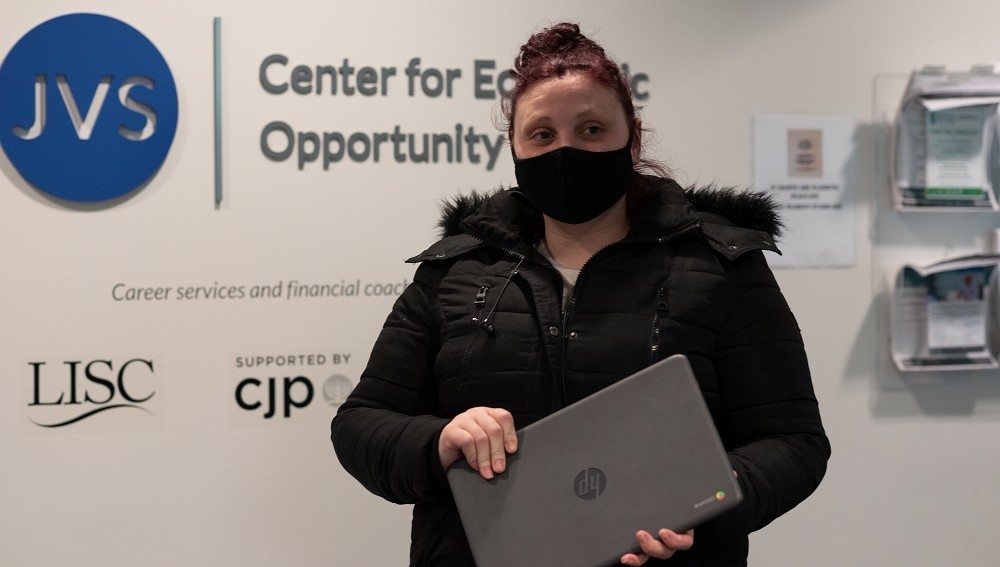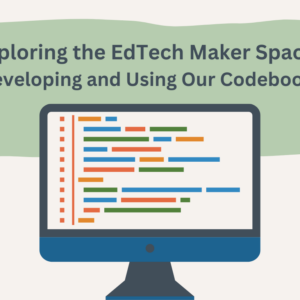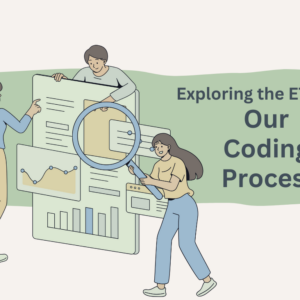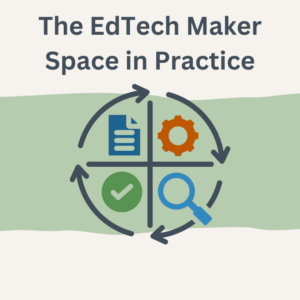By Priyanka Sharma, Catalina Gonzalez, Nicole Cabrera Holguin and Panote Nuchprayoon
Keys to Impact in Digital Navigator Services: Adaptability, Trust, and Awareness, a three-part blog series is a collaboration between the EdTech Center and the ExCITe Center at Drexel University to give voice to digital navigator programs that have rapidly innovated over the last year. Each blog features one of three components programs have identified as key to success in closing digital divides and digital, racial, and other inequities: Adaptability, Trust, and Awareness.
Over the last year the EdTech Center @ World Education, with funding from Walmart, has supported organizations across the country to pilot digital navigator services, providing adults with just-in-time supports for technology access and foundational digital skills. With input from Digital US partners, it has developed a digital navigators playbook and a hub for digital inclusion resources.
Starting a Digital Navigator program to provide just-in-time supports for technology access and foundational digital skills for people with diverse needs can be a daunting task. It was even more so during the COVID-19 pandemic when most supports were offered virtually. Programs have shown great adaptability as they continuously learn and adjust services to best meet the needs of community members.
JVS-Boston, one of the largest workforce development organizations in New England, developed a Digital Navigator program early in the COVID-19 pandemic when many of their students had trouble using communication apps like Zoom and WhatsApp, and some lacked internet access and devices.
By summer 2020, as the attendance in some of their classes began to decline, JVS started having trained bilingual Digital Navigators attend trainings to help students remotely onboard to using apps through a variety of ways, such as one-on-one sessions after class or during class in a breakout room. Navigators assist students with day-to-day digital inclusion problems and also coach them on how to use the programs more proficiently to learn. Navigators are evolving to become classroom assistants, having an even more direct role in the students’ learning.
Digital Navigators also assist clients who lack access to computers with acquiring a free computer through their Technology Assistance Program (TAP). At the start of this program, the primary goal was to onboard Navigators who were bi-lingual to help as many of the students as possible since some classes were for immigrants and refugees. Even though some of the Navigators are volunteers outside of the Boston area, they are still able to make an impact in the Boston community due to the virtual nature of their role.
Digital Charlotte, a non-profit digital inclusion organization in Charlotte, North Carolina, received funding through a coronavirus economic stimulus bill. Charlotte spent three months planning, investigating the digital problems affecting their community, and determining which systems needed to be in place to run the program effectively. Andrew Au, Director of Operations for Digital Charlotte, explained that it was difficult, but important to try to imagine all the different scenarios that a Navigator could come across. He also emphasized the importance of adaptability.
Initially, Digital Charlotte’s navigator program was managed as a resource center, connecting their clients to the right organizations that could solve the client’s issues best. However, once they were up and running, they realized that many problems have multiple layers such as clients needing both a device and internet access.
As a result, Digital Charlotte’s digital navigators have adapted into the role of guide—supporting clients through each step —rather than merely sending them off with referrals without ensuring all their digital inclusion needs are met.
Washington state’s Equity in Education Coalition (EEC) has helped narrow digital divides in many different communities, and especially with Black, Indigenous, and People of Color (BIPOC) by helping create programs that are multilingual and multicultural and meet community needs. Sharonne Navas, the Co-founder and Executive Director of EEC, observed that the Digital Navigator programs in rural communities were different compared to those in urban communities. For instance, rural communities were likely to have the hardware, but not the internet access, and the opposite can be said about urban communities. However, these programs were able to adapt and they did what was necessary to address the specific issues that were greatly troubling their communities.
While the digital divide continues to exist, programs continue to show great adaptability to evolve and bridge persistent equity gaps.
Part II: Trust Drives Impact
This three-part blog series is based in part on interviews conducted by digital navigators Nicole Cabrera Holguin and Panote Nuchprayoon who are Co-op Workgroup students at Drexel University’s ExCITe Center working to inspire transdisciplinary research, discovery, and learning connecting technology and communities.
Digital Navigators: Connect to Opportunity project is supported by a generous grant from Walmart.




